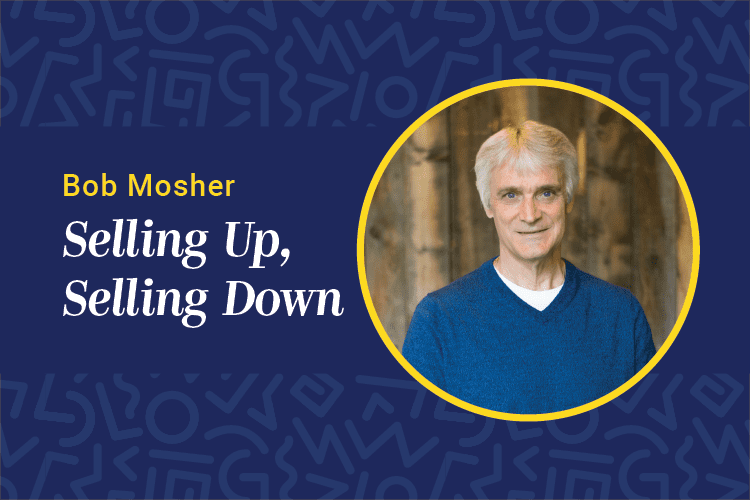You are what you eat.” “Walk the walk, don’t just talk the talk.” “You must be the change you hope to see in the world.”
You get the idea. In the end, products and services we produce are directly related to how we see ourselves and why we do what we do.
One of my favorite things to ask learning leaders is, “In the end, what is our ultimate deliverable?” The answer is never a course, e-learning or mobile anything. Typically the answer is something that affects those whom we serve — their ability to perform better, for instance. That’s a great answer. The challenge becomes, is that the mindset within our own department? To beat another cliché to death, do we have our own house in order, or does the battle to be seen as strategic begin within our own ranks and leadership?
I can’t tell you how many learning groups I visit each year that are their own worst enemy. We can’t seem to get out of our own way in how we see ourselves internally. All too often, our mindset is learning first, not performance first. We hope and believe that performance is the goal, that it will be the outcome for our efforts. But that’s dramatically different than seeing performance as the means, not the ends.
Learning does not guarantee performance. It’s an enabler, one of many, and one learners might argue isn’t the most effective if performance is the driver. Having a learning-first mindset will cause us to build learning deliverables and hope for a performance outcome. Going performance first will produce three remarkably different results:
1. You will build less learning. Every learning organization I talk to today is maxed out. Whenever I speak with them about realigning their deliverables to a more performance-based output, the first thing I hear is, “My team is already overwhelmed meeting the current demand and maintaining our current library of offerings. The last thing we can do is add another deliverable.” That’s a learning-first mindset. It’s not about adding. It’s about changing what we build in the first place. Every time I see a learning organization take a performance-first mindset, it’s obvious they’re building too many courses in the first place. Every business need is not a learning problem — it is a performance problem.
2. You can produce higher Kirkpatrick/Phillips measures. If we continue to produce deliverables that live outside the workflow, we’ll continue to only be able to track nonbusiness impact measures. When I say deliverables outside the workflow, I’m not talking about learning products consumed outside the classroom. Just because we move the modality to a just-in-time moment doesn’t mean it supports just-in-time performance. Where a learner consumes a deliverable does not determine the deliverable’s performance focus. It’s about the design, not the location. If we start designing performance-based outputs, those will affect performance. This requires a change in content size, the way it is accessed and the degree to which the content addresses the performance issue.
3. We develop a different relationship with the business. A learning-first mindset has not positioned us as a true business partner in many of our stakeholders’ eyes. That’s not to say there’s an adversarial relationship; it’s just not the strategic one we want. We often complain that we’re not involved early enough in organizational, strategic planning conversations. This suggests some key players don’t think we belong there. We’re seen as more operational or something added on down the road. We’re in the fulfillment business once all the strategic decisions have been made. A performance-first mindset moves us up in the conversation. We’re seen as performance partners and key enablers in business success.
If we want the organizations we support to see us as integral to their success, then we need to start by seeing ourselves as something beyond learning and development. We need to produce performance products first, and learning products second — if necessary. For many, this is a radical 180 degrees from how we see ourselves today, but it’s key if we are to position ourselves a strategic partners to business success.












